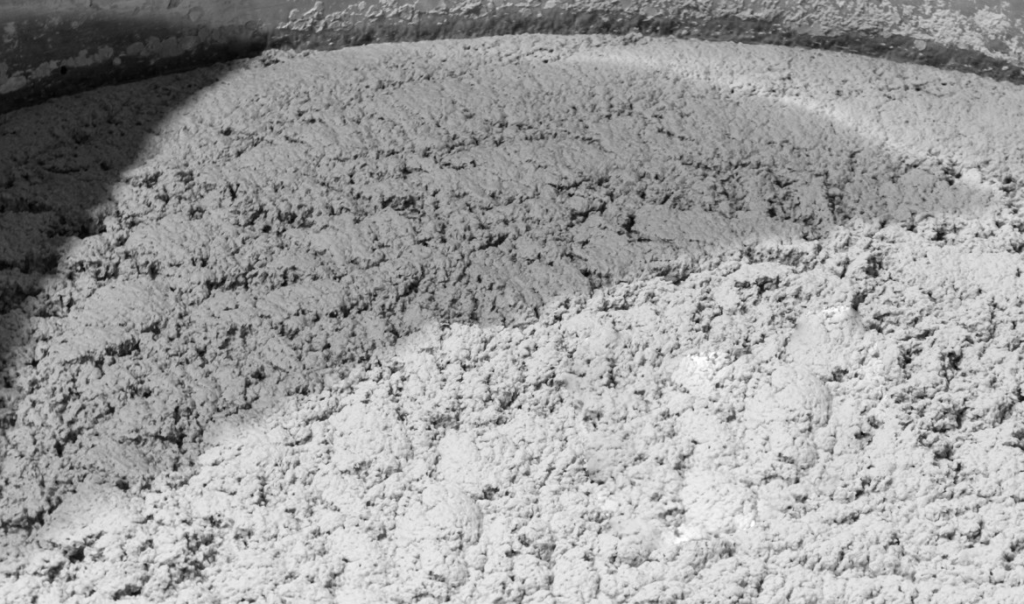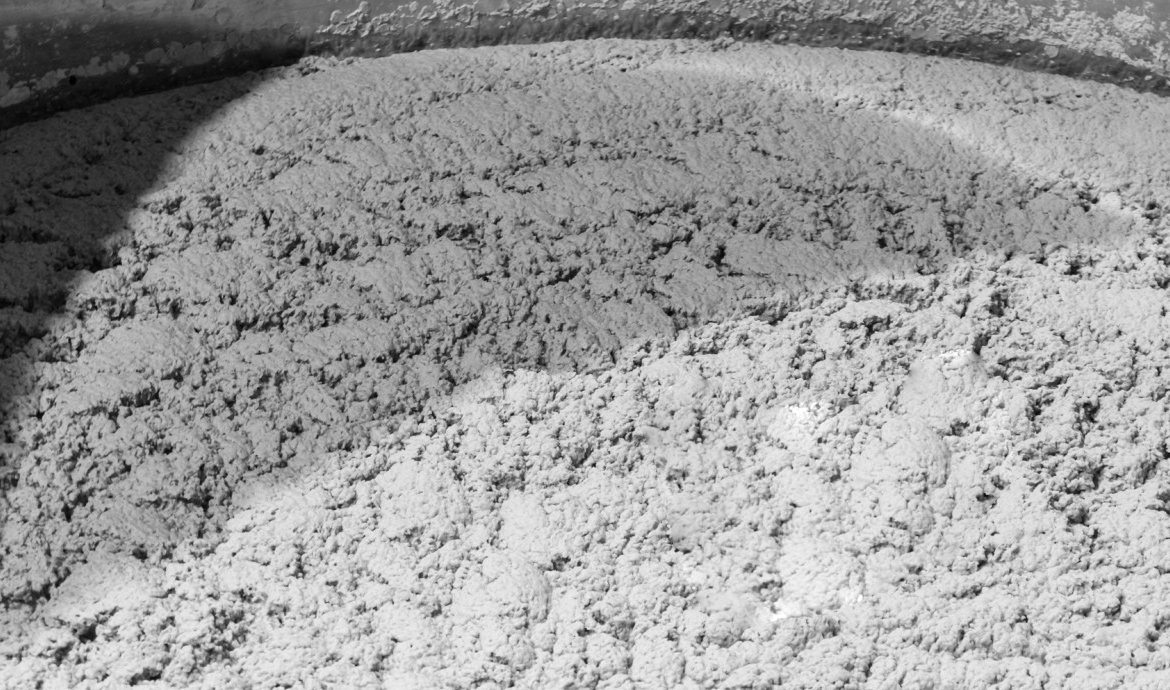
Processing pulp in a bleaching mill involves eradicating or altering its coloration. During the papermaking process, pulp bleaching is performed to achieve the desired degree of whiteness, cleanliness, purity, and superior physical and chemical qualities in the paper pulp. The pulp bleaching procedure broadens the product’s potential uses. Bleached pulp is used in the production of refined pulp and premium paper.
Following the discovery of dioxins and furan in chlorine bleaching wastewater in the 1980s, as well as other pollution problems in the paper industry, researchers began studying alternative bleaching methods, such as oxygen bleaching, ozone bleaching, hydrogen peroxide bleaching, and even the second Sodium bromide bleaching crane biological bleaching. The use of hydrogen peroxide instead of chlorine allows for a more environmentally friendly bleaching method.
Why Does Pulp Need to Be Bleached?
Papermaking literally begins with the bleaching of wood pulp fibers.
To prevent the paper from yellowing due to degradation, lignin and resin should be reduced or eliminated. Paper that has been bleached comes out looking clean, bright, and white. In addition to making the pulp safe to use for applications like food packaging, bleaching also gets rid of any lingering flavors or odors.
How Is Pulp Made From Wood?
Before the pulping process can begin, the wood must be reduced to smaller pieces. These chips are then boiled to remove impurities like lignin and expose the pure wood fibers. After being bleached, the fibers are ready to be laid out in thin layers on a wire to create paper.
Do We Have to Bleach Recycled Fibers as Well?
Mechanical re-pulping of recovered paper yields recycled pulp. High-quality applications necessitate the elimination of ink and other contaminants. De-inking describes this method. As the original bleaching process for the de-inked recycled pulp is unknown, the TCF method is used to whiten it, and the resulting product is referred to as Process Chlorine Free (PCF).
The Critical Distinction
The unbleached pulp process is the antithesis of the bleached pulp process described above. Since the pulp used to make this paper does not undergo any processing, there is no need to bleach it. If you’re using unbleached pulp, there’s no need for any sort of chemical treatment.
The pulp is unbleached before it is processed into Kraft paper, which is why it is brown in colour. Pulp gets its characteristic brown hue from the presence of lignin.
So, Which One Is Better: Bleached or Unbleached Pulp?
Both types of the pulp can be used for various purposes. Bleached pulp is the pulp of choice and is used solely by white paper makers.
Raw unbleached pulp is preferred by Kraft paper manufacturers because of its versatility and widespread use in the industry.
Want to know more about our products and have an interest in beginning a paper business? Drop us a mail at info@jmcengineers.com And we’ll get back to you!


